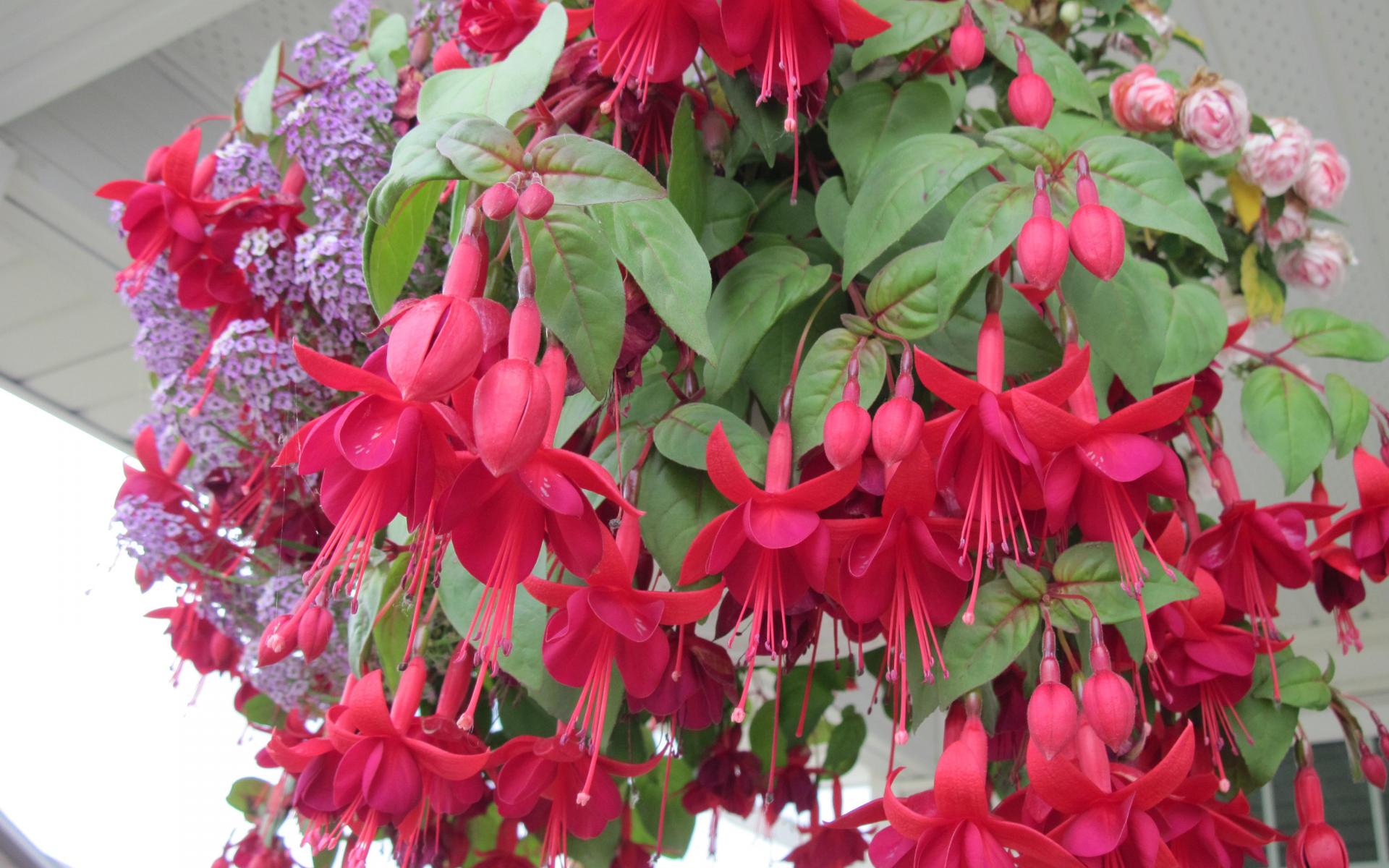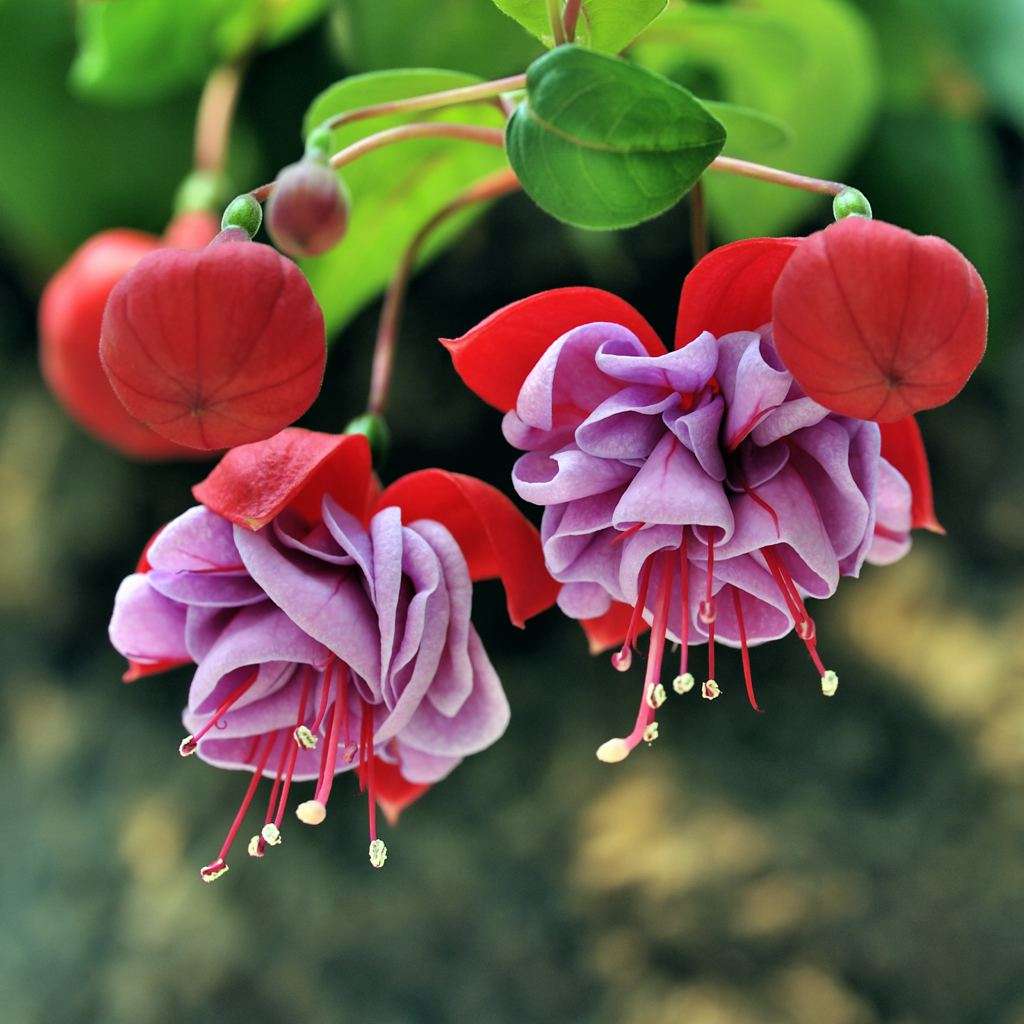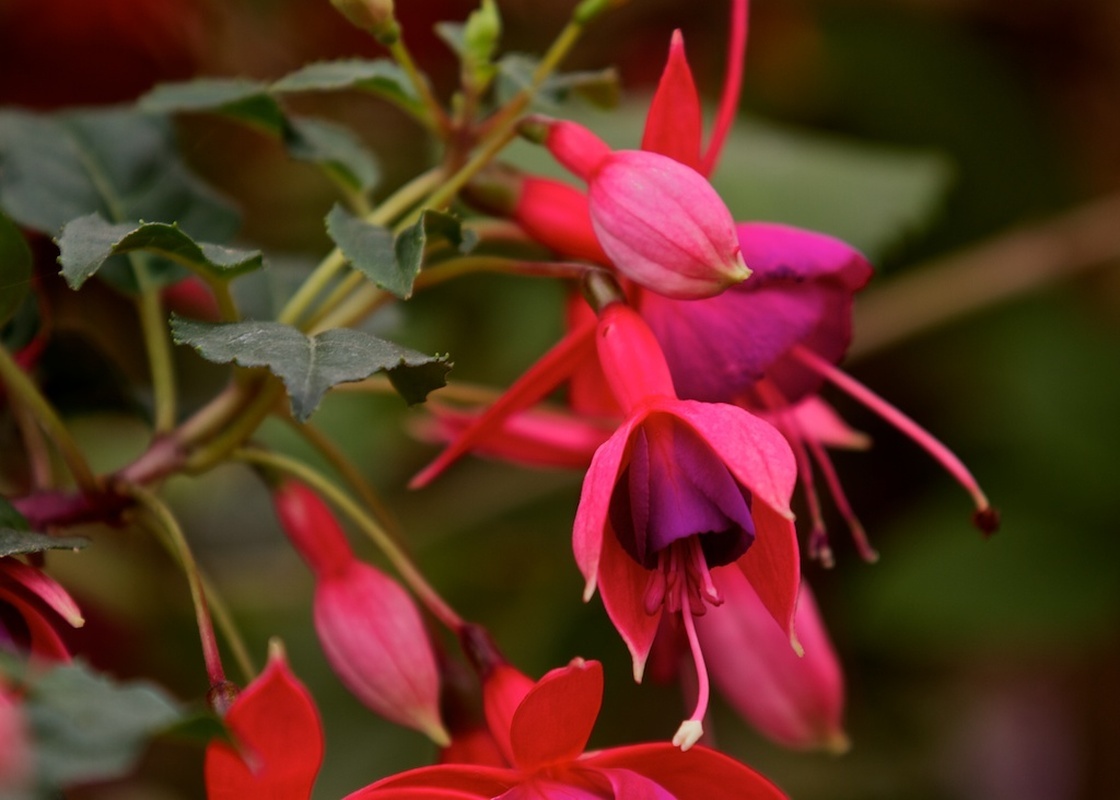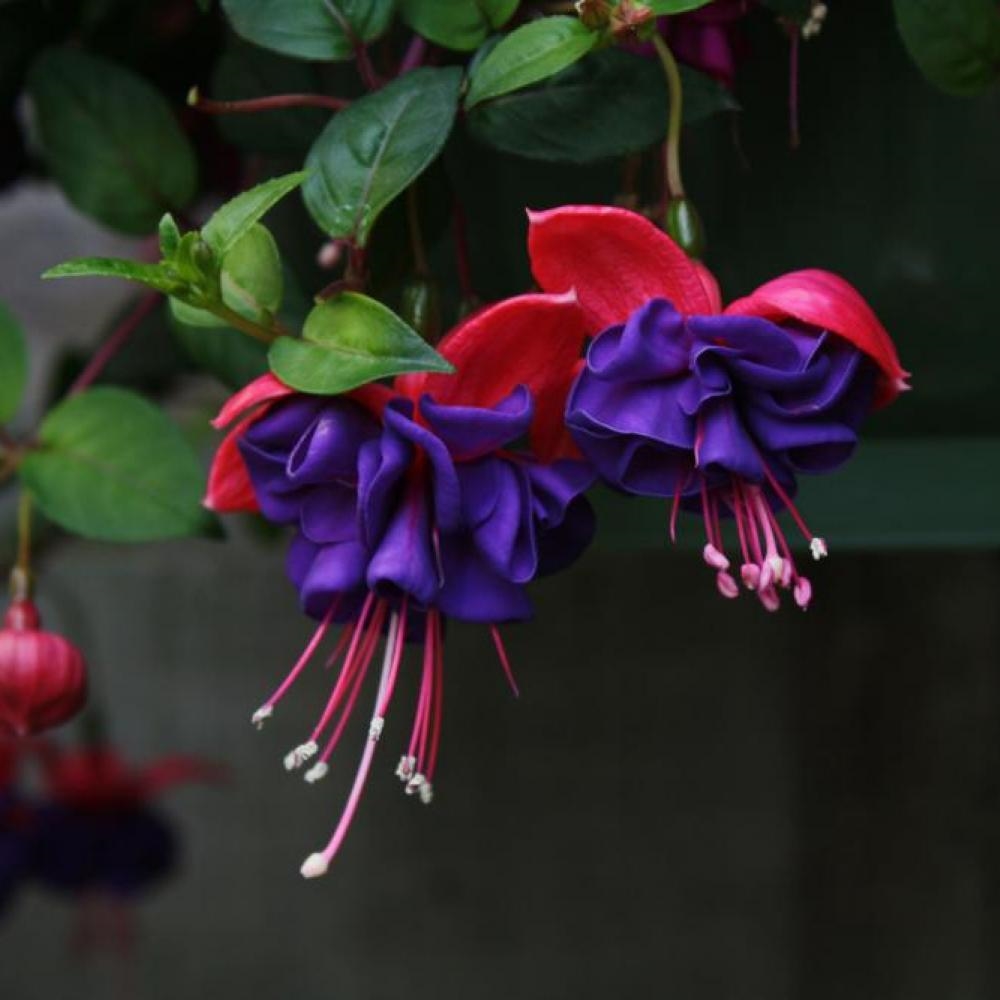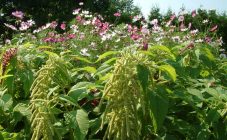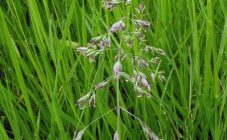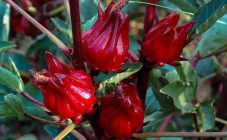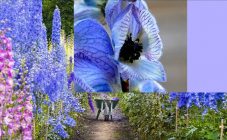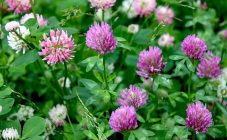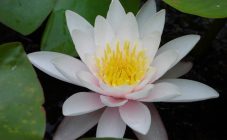Content:
The flowering period of fuchsia in the garden resembles a colorful Brazilian parade, and the flowers, framed with bright leaves, look like dancers. In order to please yourself and your household with such a phenomenon, when growing fuchsia, you must adhere to simple care rules.
Since ancient times, this plant has been considered a home plant, which is why for many gardeners its cultivation in the open field is very unusual. Some superstitions and omens suggest that culture is even able to fight headaches.
All about the fuchsia flower
Pink fuchsia belongs to the group of perennial plants, and its pedigree has more than a hundred different subspecies. Several decades ago, the culture was not so popular, but as soon as hybrids began to appear, the situation changed. Breeders bred such types of fuchsia, which propagated by seeds, and their active flowering began after one year of cultivation. The plant has a long flowering period, due to which it is chosen as an annual. Despite the fact that various modifications of fuchsia have already appeared, it is considered to be a perennial.
At the end of the 17th century, fuchsia Thalia was discovered by the Catholic priest Charles Plumier, who traveled to the countries of the South American continent and looked for medicinal plants. And the name red fuchsia thalia owes to the famous German scientist, physician and botanist Leonard Fuchs.
What is fuchsia: characteristics and description
Fuchsia flower is an ornamental plant belonging to the fireweed family. The plant is represented by shrubs or small trees, the flexible shoots of which have a reddish tint. Fuchsia can be distinguished from other plants by several features, namely:
- ovoid or medium-sized lacent leaves, which are opposite;
- numerous flowers of various colors and shapes;
- creeping or bush type;
- a flower that has two parts - a bell-shaped or tubular corolla and a corolla-shaped calyx.
As for all parts of the bud, they are distinguished by a bright color. A small-leaved plant variety, which has very small fuchsia flowers and at least five petals, gardeners call non-double. Fuchsias of large sizes, the three-leafed corolla of which includes a huge number of petals, are considered to be terry.
The plant's color palette includes a pink-purple hue in its various variations, and the difference between fuchsia and pink is very slight. In some cases, one flower can be painted simultaneously in several shades that will be combined - it all depends on which variety. It is also worth noting that fuchsia fruits are edible berries of black and purple color, which are used to make confiture, sweet sauce, jam and even liqueur.
Characteristics of species and varieties of crops
For indoor cultivation, most people prefer hybrid fuchsia varieties, which are distinguished by the best qualities of the original variety. Hybrid varieties are distinguished by their unpretentiousness, vitality and active growth at home. Among the beautiful and popular types of indoor fuchsia, graceful, Magellanic, hybrid and shiny are distinguished.
When decorating an infield or park, they resort to larger varieties of plants, because they tend to grow rapidly. They are distinguished by straight shoots, and reach a height of 0.5 m. Such plants take a long time to form and require careful care. The following varieties belong to the garden type of fuchsia:
- Australian - reaches a considerable size in height, has bright rich and large inflorescences. Popular representatives of the Australian variety are Walsing and Matilda.
- An exotic terry variety, the flowers of which are small and medium in size, are distinguished by a large range of colors. Fuchsia Bolivia and Mantilla are prominent representatives.
- Frost-hardy fuchsias such as Bacon, Konstanz and Garden News, which are able to survive under a snow cover even without shelter.
- Ampel fuchsia is a variety characterized by flowing or flexible creeping shoots. It is for this reason that pots or hanging baskets are needed to grow this variety. Notable representatives include Alice Ashton, Cascade and Hollies Beauty.
The flowering culture can last until September, and if the weather is warm, even until the end of autumn. In the winter season, the plant "hibernates", and in order for it to overwinter normally, it must be placed in a cool place and watered regularly. Experienced growers are advised to place the culture in a cold basement.
Features of planting and care
Home conditions mean growing fuchsia from seeds. It is necessary to pour prepared soil into a special container or place a peat tablet, and then plant seeds there. The first shoots can be seen in a month, and after the real leaves appear, the seedlings need to be transplanted into pots.
While the plant is actively growing and maturing, it is recommended to regularly remove the top. This procedure is called "pinching". This will contribute to the formation of a neat bush, and the plant will begin to bloom in the second year after planting.
When the root system begins to grow and develop along the bottom of the pot, the seedlings must be planted in open ground, in outdoor conditions. By this time, the shoots should already have shoots with several leaves. Fuchsias are among the lovers of the morning sun, so when planting them, you should stick to the east side, although some varieties are an exception: in the afternoon they need to provide shade.
To plant seedlings, you need to make depressions and fill them with compost to half. It is recommended to carry out this procedure by the transshipment method - remove the plant from the pot directly with the soil. The walls of the planting pit are also filled with fertilizer. In order for the plant to grow well and give buds, the following conditions must be provided, namely:
- timely and regular watering, for which water must be defended;
- the optimal temperature in summer is 18-20 degrees, and in winter - 8-10 degrees;
- lighting, which can be both natural and artificial;
- fertilization and pruning in order for the bush to form, you need to pinch only those shoots that are on the side;
- propagation by rooting cuttings in land or water.
As for the transplant, it should be annual and carried out with the onset of spring. The first stage will be the creation of a drainage layer, which is often used as expanded clay. Next, this layer must be sprinkled with soil mixture (humus, peat or leafy soil).Then you need to move the seedling with soil on the roots to the place that was prepared, and fill the void in the pot using the remaining earth mixture.
Major diseases and pests of culture
If the plant is surrounded with proper care, it will develop an immune system that will be able to resist parasites and fight disease. There are several diseases that can harm fuchsia.
- Rust manifests itself as brown spots that spread rapidly. Having noticed the first signs of the disease, you need to start treatment. Provided that the correct microclimate for the flower is created, the preparations may not be used.
- If the plant is soft and watery, then these are obvious symptoms of gray rot, which also forms on the leaves due to too humid air.
- Powdery mildew, manifested in the form of a white bloom and the formation of liquid glitter on the foliage.
Fuchsia racemes are very often affected by aphids, whiteflies and spider mites. For pest control, it is recommended to use insecticides such as Agravertin, Aktara and Bazudin.
Because of its exotic color and bizarre shape, variegated fuchsia, in combination with other plants, serves as an adornment of every house and garden plot. To grow this plant, you do not need to create special conditions, and if you follow all the simple recommendations correctly, no problems should arise.
During the flowering period of the plant, the house is filled with joy and comfort, and in the process of caring for the flower, a person becomes a little more tolerant and decent.
